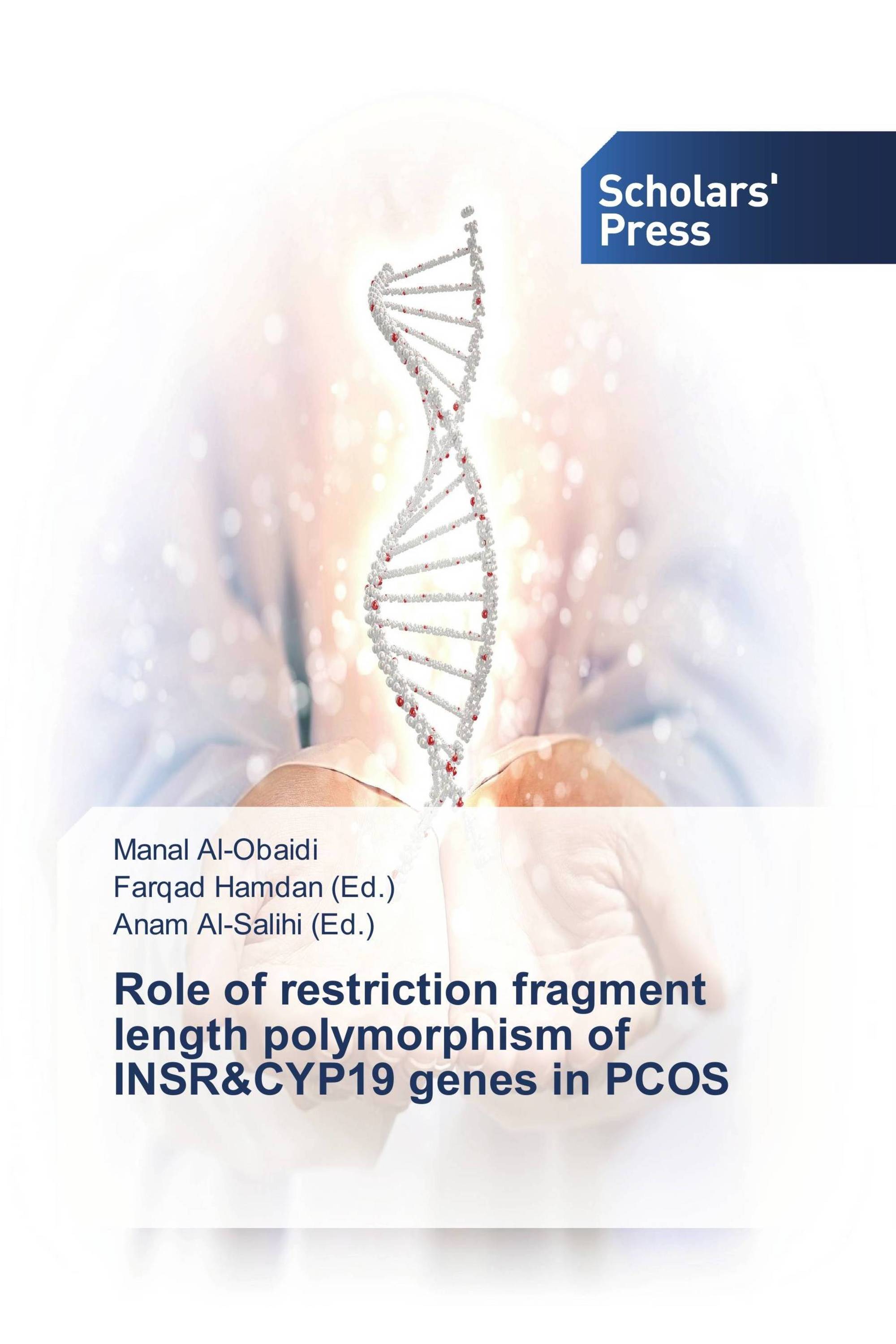Polycystic ovary syndrome (PCOS) is the most common, yet complex,endocrine disorder affecting women in their reproductive years. The etiology of PCOS is still unknown, yet, there is increasing evidence to support a major genetic basis, as the syndrome have strong familial predisposition. More than one gene were contributes to the heterogeneous phenotype and the clinical and biochemical presentation. Clinical phenotyping of PCOS involves determining the presence of clinical and/or biochemical androgen excess. The androstenedione is converted to estrogens by the action of aromatase enzyme which was encoded by cytochrome p450, family19 (CYP19) located on the long arm of chromosome 15. Several single nucleotide polymorphisms of the CYP19 gene were associated with variation in serum androgen concentrations among women; one of it is the SNP rs2414096. Most women with PCOS (obese or non-obese) suffer from insulin resistance. The insulin receptor is encoded by the INSR gene which is located at the chromosome 19. Several kinds of polymorphisms have been identified within INSR. Of these polymorphisms, most were single nucleotide polymorphism of the C/T SNP at His1058 in exon 17 of INSR.
Book Details: |
|
|
ISBN-13: |
978-3-659-83847-7 |
|
ISBN-10: |
3659838470 |
|
EAN: |
9783659838477 |
|
Book language: |
English |
|
Edited by: |
Farqad Hamdan |
|
Number of pages: |
164 |
|
Published on: |
2016-06-30 |
|
Category: |
Medicine |
